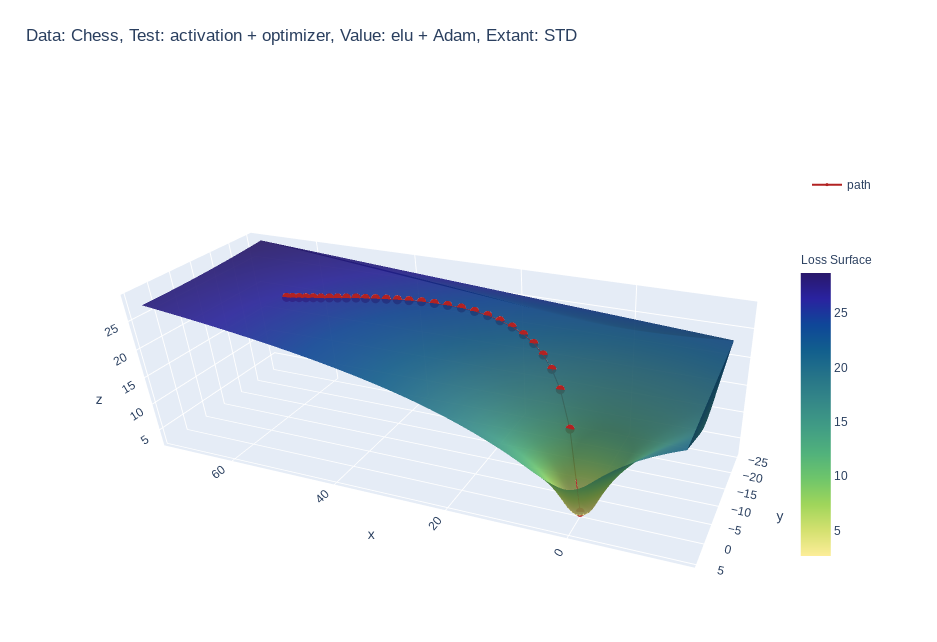GitHub Stats Visualization
Generate visualizations of GitHub user and repository statistics using GitHub Actions.
This project is currently a work-in-progress; there will always be more interesting stats to display.
Background
When someone views a profile on GitHub, it is often because they are curious about a user's open source projects and contributions. Unfortunately, that user's stars, forks, and pinned repositories do not necessarily reflect the contributions they make to private repositories. The data likewise does not present a complete picture of the user's total contributions beyond the current year.
This project aims to collect a variety of profile and repository statistics using the GitHub API. It then generates images that can be displayed in repository READMEs, or in a user's Profile README.
Since the project runs on GitHub Actions, no server is required to regularly regenerate the images with updated statistics. Likewise, since the user runs the analysis code themselves via GitHub Actions, they can use their GitHub access token to collect statistics on private repositories that an external service would be unable to access.
Disclaimer
If the project is used with an access token that has sufficient permissions to read private repositories, it may leak details about those repositories in error messages. For example, the aiohttp library—used for asynchronous API requests—may include the requested URL in exceptions, which can leak the name of private repositories. If there is an exception caused by aiohttp, this exception will be viewable in the Actions tab of the repository fork, and anyone may be able to see the name of one or more private repositories.
Due to some issues with the GitHub statistics API, there are some situations where it returns inaccurate results. Specifically, the repository view count statistics and total lines of code modified are probably somewhat inaccurate. Unexpectedly, these values will become more accurate over time as GitHub caches statistics for your repositories. Additionally, repositories that were last contributed to more than a year ago may not be included in the statistics due to limitations in the results returned by the API.
For more information on inaccuracies, see issue #2, #3, and #13.
Installation
- Create a personal access token (not the default GitHub Actions token) using the instructions here. Personal access token must have permissions:
read:userandrepo. Copy the access token when it is generated – if you lose it, you will have to regenerate the token.- Some users are reporting that it can take a few minutes for the personal access token to work. For more, see #30.
- Click here to create a copy of this repository. Note: this is not the same as forking a copy because it copies everything fresh, without the huge commit history.
- If this is the README of your fork, click this link to go to the "Secrets" page. Otherwise, go to the "Settings" tab of the newly-created repository and go to the "Secrets" page (bottom left).
- Create a new secret with the name
ACCESS_TOKENand paste the copied personal access token as the value. - It is possible to change the type of statistics reported.
- To ignore certain repos, add them (in owner/name format e.g.,
jstrieb/github-stats) separated by commas to a new secret—created as before—calledEXCLUDED. - To ignore certain languages, add them (separated by commas) to a new secret called
EXCLUDED_LANGS. - To show statistics only for "owned" repositories and not forks with contributions, add an environment variable (under the
envheader in the main workflow) calledEXCLUDE_FORKED_REPOSwith a value oftrue.
- To ignore certain repos, add them (in owner/name format e.g.,
- Go to the Actions Page and press "Run Workflow" on the right side of the screen to generate images for the first time. The images will be periodically generated every hour, but they can be manually regenerated by manually running the workflow.
- Check out the images that have been created in the
generatedfolder. - To add your statistics to your GitHub Profile README, copy and paste the following lines of code into your markdown content. Change the
usernamevalue to your GitHub username.

- Link back to this repository so that others can generate their own statistics images.
- Star this repo if you like it!
Support the Project
There are a few things you can do to support the project:
- Star the repository (and follow me on GitHub for more)
- Share and upvote on sites like Twitter, Reddit, and Hacker News
- Report any bugs, glitches, or errors that you find
These things motivate me to to keep sharing what I build, and they provide validation that my work is appreciated! They also help me improve the project. Thanks in advance!
If you are insistent on spending money to show your support, I encourage you to instead make a generous donation to one of the following organizations. By advocating for Internet freedoms, organizations like these help me to feel comfortable releasing work publicly on the Web.
Related Projects
- Inspired by a desire to improve upon anuraghazra/github-readme-stats
- Makes use of GitHub Octicons to precisely match the GitHub UI





